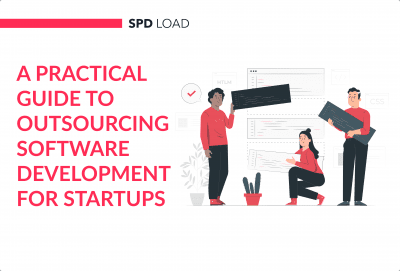How to Calculate CPM with Our CPM Calculator
- Created: Apr 09, 2024
- 2 min
Imagine your ad appears a thousand times on a webpage.
With CPM, you pay for those impressions.
For instance, if a website publisher charges a $2 CPM, you would pay $2 for every 1,000 ad views.
CPM, or Cost Per Mille, is a common metric used in advertising.
It measures the cost of reaching a thousand people (or a thousand impressions) with an advertisement.
CPM calculation helps advertisers better understand the efficiency and effectiveness of their advertising campaigns.
Read on to learn more about the CPM calculator, how to use it, and whether you need to calculate your CPM at all.
How to Use the CPM Calculator?
CPM stands for Cost Per Mille.
“Mille” in this case means one thousand.
CPM is the cost advertisers pay for every 1,000 ad impressions (views) on a website or platform.
You can calculate CPM manually or use our CPM calculator.
Here is the formula used to calculate CPM:
CPM = 1000 × Cost / Impressions
Here is how it works:
Input the information into our cost-per-thousand calculator.
This includes the amount you’re paying for the entire advertising campaign and the total views your campaign received.
The calculator will instantly compute the CPM rate (cost per thousand impressions).
Undoubtedly, CPM is a valuable marketing tool.
However, CPM metrics have their limitations, too.
Let’s explore.
Advantages and Disadvantages of CPM
Advantages:
- Simple and easy to understand.
- Clear billing process.
Disadvantages:
- Loosely tied to value (advertisers can’t be sure of the value received).
- Doesn’t account for conversion rates.
- Riskier for publishers (relying on the advertiser’s ability to monetize traffic).
Remember that CPM is just one model, and other models like CPC (Cost Per Click) and CPA (Cost Per Action) offer different risk-reward trade-offs.
Choose the model that aligns with your goals and budget.
Explore our SaaS services today
Why Calculate CPM?
There are a few reasons why you, as a marketing specialist, would need to calculate your CPM.
First, CPM provides insight into your level of brand awareness. It tells you how many times your content or campaigns are being viewed.
Then, by understanding CPM, you can gauge which of your content pieces resonate with your audience.
Calculating CPM helps allocate your advertising budget effectively.
And finally, it allows companies to measure how efficient their advertising is by determining the cost for a single click on a website ad.
Summing up, CPM helps you make informed decisions, optimize your ad spending, and evaluate the impact of your online presence.
Whether you’re doing market research, managing marketing campaigns, social media, or digital advertising, understanding CPM is crucial for effective budget management and audience reach.
Learn how to craft effective email marketing strategies for startups to boost engagement.












